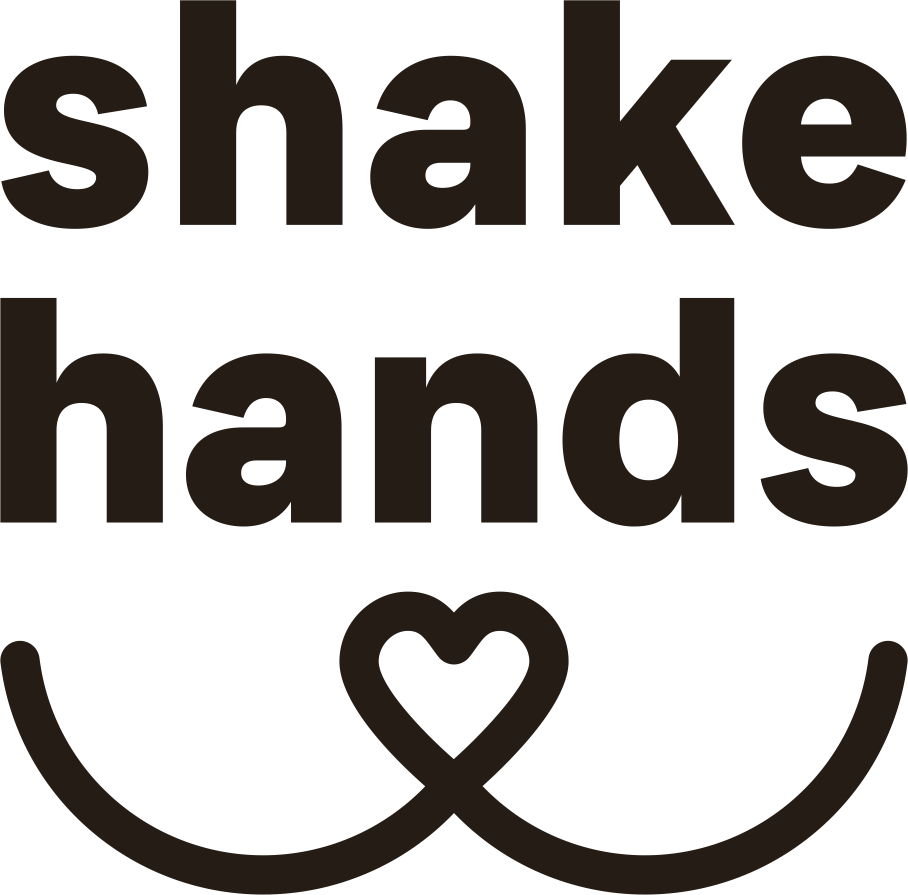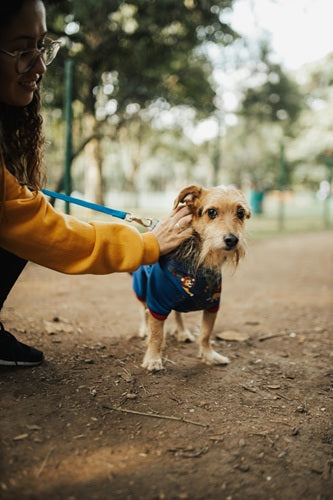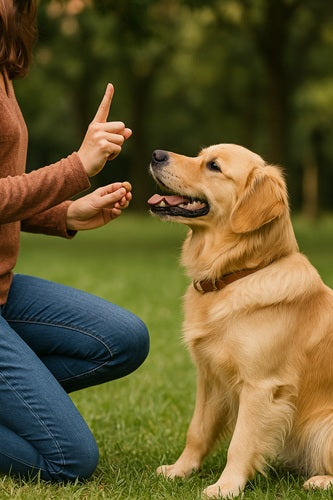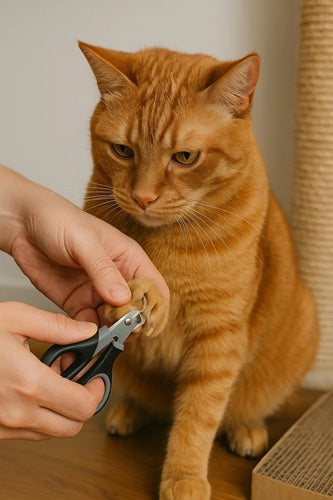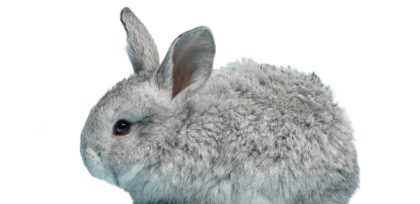How To Care For A Senior Dog
As dog’s age and reach “seniority”, there are various signs of aging that begin to manifest. Being vigilant of these changes that take place and making necessary adjustments for appropriate senior dog care is a critical component in taking care of a dog. Small subtle changes in your dog’s routine, veterinary care and home environment can help them live a healthier and more comfortable life.
When is a dog considered senior?
Not all dogs are considered ‘senior’ at the same age, so it is important to notice the first signs of aging. When a dog is considered senior depends on the breed and the dog's unique attributes. Small breeds are considered old when they are 10 or 11 years of age. Medium sized breeds, like Golden Retriever, become seniors at the age of 8-10, and giant breeds are considered old by the age of 5 or 6. The genetics and lifestyle of your dog also have a hand in the speed of the aging process. The way you maintain his health from a young age will reflect during his old age.
How to care for a senior dog?
There are several small changes or adjustments that can be done to provide your senior dog the best possible care.
-
Diet: Diet plays an important role in keeping your senior dog healthier. At this age, his body requires proper, timely nutrition. An age-appropriate diet will provide him the nourishment his body requires. As dogs age, modifications in diet might need to take place. These modifications would take into account their weakened digestive system that may not be able to digest certain foods appropriately. The other factor that needs to be considered when planning a senior dog’s diet is that the food should not cause extra weight gain. At this age their activity levels are lower and hence they need proper nutritious food that ensures that they do not gain extra weight. Overweight dogs have a higher risk of diseases like heart disease, diabetes and even cancer. Excess weight causes strain on muscles and joints, making it even more difficult to get out of bed.
-
Exercise: Muscle mass is the driver of metabolism, and dogs that lose muscle mass develop frailty syndrome (weak body condition with little ndurance for activities), which then speeds up the aging process. Exercise, even for shorter periods, is helpful as it helps your dog maintain healthy joints and muscles as well as manage his weight. A customized exercise plan will need to be developed for your dog taking into consideration his individual requirements. A large breed dog might not find a walk around the block too intense but a tiny breed dog might find the same work quite challenging. If he is not used to exercise, start slow and then gradually increase the duration. Dehydration during hot weather also impacts the duration of exercise. Considering all the above factors, an appropriate exercise plan (level of activity and duration) needs to be managed.
-
Routine check-ups: As dogs become older, it is recommended to make frequent visits to your veterinarian. There are many diseases whose symptoms may not manifest directly to us however, older dogs are more susceptible to health conditions and hence frequent routine checkups are critical. Illnesses such as loss of hearing/vision can also impact dogs as they age. These require your constant and critical observation so that you can provide the right care in time. A monthly, bimonthly or quarterly visit to the vet hence recommended.
-
Products to help in the house: As your dog grows older, there are some changes/modifications that could be made around the house in order to make him more comfortable. For instance, dogs suffering from arthritis would appreciate a softer bedding. A heated dog bed may provide relief to a senior dog with stiffness and joint problems. These beds have built-in heaters that help maintain your dog’s natural body temperature, these are especially helpful on chilly or rainy nights. Dog ramps for the stairs or car would be useful to dogs with joint aches. If you have a smaller breed dog who is suffering from mobility issues, you might like to try a dog sling. Using the sling, you could carry the dog around and give them a bit of fresh air. Dog socks with rubberized, non-slip soles are helpful in providing traction for senior dogs. These are some products that aid your dog as they age.
-
Love and affection: Last but not the least, love is a remedy indeed when your dog is aging and needs your affection at this time more than ever. This is a very hard time for him and not just physically but also mentally. Adjusting to his waning weakness, not being able to run around as much as he used to, the frequent aches in his body and all the changes that come with getting old can have an adverse effect on his mental health. It takes a toll on many older dogs, sometimes leading to depression. Showering him with lots of cuddles and affection and spending quality time with him would help him feel special and loved.
As pet parents, understanding what changes need to be made and when, might be a little challenging. However, this is the time for consultation. Seek the support and advice of your vet, possibly even visit a pet nutritionist. Each of them, with their own specialities would help you design the changes that you need to make.
The small changes you make as your dog grows older will help make his life more comfortable and healthier.
